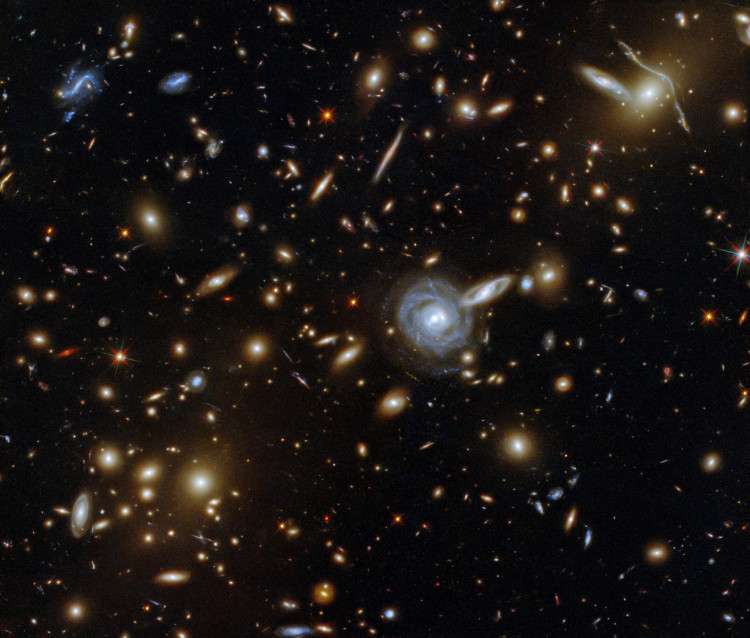The record-breaking galaxies found by NASA's new satellite telescope that has been considered to date to even older ages may really be dusty, star-forming galaxies that were created a billion years after the Big Bang.
Astronomers have been reporting a continual stream of candidate galaxies that are much more distant than any previously observed in the weeks since the initial batch of science data from NASA's James Webb Space Telescope (JWST) was made public. These galaxies should have formed 200-300 million years after the Big Bang if observations are accurate. However, two separate teams of astronomers are now doubting at least part of these measurements.
The farther away a galaxy is from us, the earlier in the universe we are viewing it, and the more the universe's expansion has stretched the light coming from it. As a result, after traveling for more than 13.5 billion years, the blue and ultraviolet light from young, hot stars appears to us as infrared.
Because of this, we require JWST's infrared capabilities in order to see them. This phenomenon is known as "redshift" by astronomers, and the more redshift there is, the farther away the galaxy is and the earlier in the universe's history we are viewing it.
One of these galaxies, CEERS-DSFG-1, is allegedly a fake, according to the two teams.
Astronomers had calculated a redshift of 17 to 18 for CEERS-DSFG-1, placing it only 220 million years after the Big Bang, based on how red the galaxy appears to JWST. However, a team led by Jorge Zavala of the National Astronomical Observatory of Japan was able to identify this far-off galaxy and discover that it is incredibly dusty thanks to the NOEMA (NOrthern Extended Millimeter Array) submillimeter telescope in France.
A dusty galaxy can simulate the redness of a greater redshift galaxy by absorbing shorter, bluer wavelengths of starlight while allowing longer, redder wavelengths to pass. After accounting for this, Zavala's team determined that CEERS-DSFG-1 had a redshift of just 5, placing it at 12.5 billion years ago, 1.3 billion years after the Big Bang. While it is still old and far away, the distance is not particularly long.
Additional proof was provided by a different team than Zavala's, headed by Rohan Naidu of the Harvard-Smithsonian Center for Astrophysics, who also came to the same conclusion about CEERS-DSFG-1 being at redshift 5.
They discovered that the nearest galaxies to CEERS-DSFG-1 in the sky are all at about redshift 5 and that these galaxies collectively make up a very young proto-cluster in which CEERS-DSFG-1 is located. The conclusion is that CEERS-DSFG-1 is not a very high redshift galaxy, but rather a component of this developing galaxy cluster.





